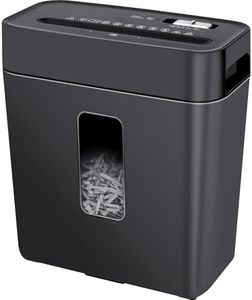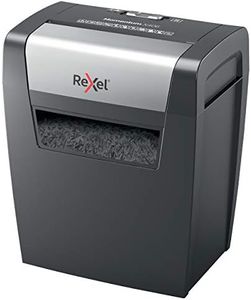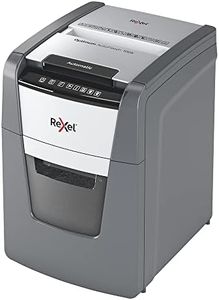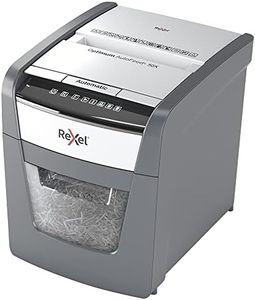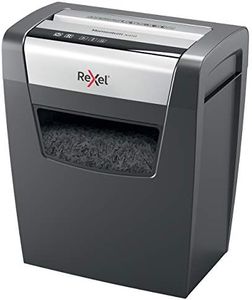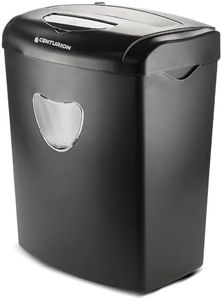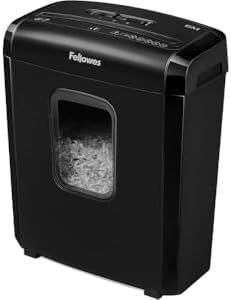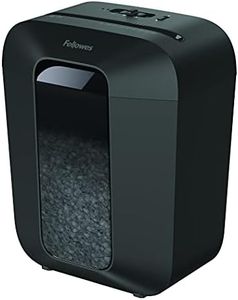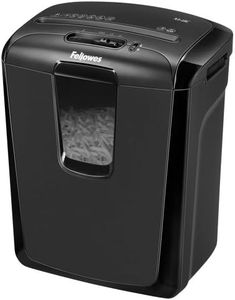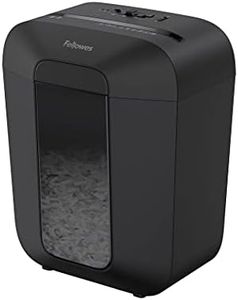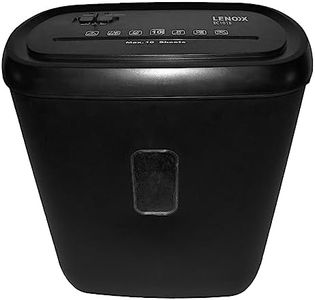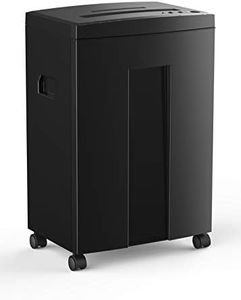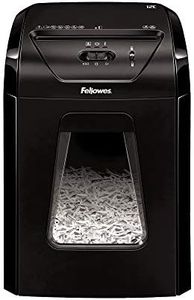We Use CookiesWe use cookies to enhance the security, performance,
functionality and for analytical and promotional activities. By continuing to browse this site you
are agreeing to our privacy policy
10 Best Paper Shredder For Home
From leading brands and best sellers available on the web.By clicking on a link to a third party's website, log data is shared with that third party.
Buying Guide for the Best Paper Shredder For Home
Choosing a paper shredder for home use involves understanding what you'll be shredding, how often you'll use the machine, and what level of security you need for your documents. It's easy to get overwhelmed by all the options, but focusing on a few key specifications can help you find the right fit. Think about how much paper you accumulate, whether you plan to shred anything other than paper, and how important it is to destroy sensitive information. By considering these factors, you can select a shredder that keeps your home secure and clutter-free without unnecessary bells and whistles.Shred Type (Cut Style)Shred type describes how the machine cuts your documents—common types are strip-cut, cross-cut, and micro-cut. Strip-cut shreds paper into long strips and is the simplest, providing basic security mostly for household junk mail. Cross-cut shreds paper into small pieces, offering a moderate level of security, appropriate for personal statements or documents with sensitive info. Micro-cut creates tiny confetti-like pieces and offers the highest security, ideal for highly confidential or personal documents. Pick a shred type by thinking about what you're shredding: if you just want to prevent casual snooping, cross-cut is plenty. If you need to comply with privacy for sensitive documents, like bank statements, micro-cut is best.
Sheet CapacitySheet capacity tells you how many sheets of paper you can feed into the shredder at once. Home shredders usually handle anywhere from a few sheets (around 5) to a dozen or more in a single pass. Lower sheet capacities are fine for the occasional junk mail or bill, while higher capacities make sense if you regularly shred larger piles of documents. To decide, think about your own habits: if you tend to let papers pile up and want to shred faster, higher capacity is convenient. For occasional or minimal shredding, a smaller capacity works just fine.
Run Time and Cool DownRun time is how long the shredder can operate before it needs to cool down, while cool down is the break period the machine needs. Some home shredders may only run for a few minutes before requiring a break, while others can go up to half an hour or more. If you only shred a few pages at a time, run time won’t matter much. But if you like to clear out entire folders or piles at once, look for a longer run time and shorter cool down. Match your expected shredding sessions to this spec for a smooth experience.
Bin (Wastebasket) SizeThe bin size is the container that collects your shredded paper, usually measured in gallons or liters. Smaller bins need emptying more frequently, but they take up less space and suit infrequent shredders. Larger bins are helpful if you tend to shred lots of documents at once or don't want to empty the bin as often. Consider how much space you have for storage and how often you’d like to empty out shredded paper when picking a bin size.
Ability to Shred Other MaterialsSome shredders can handle more than just paper—such as credit cards, staples, paper clips, or even CDs. This is especially useful in homes where you want to destroy expired credit cards, old IDs, or don’t want to remove every staple from a bill. If you know you'll need this, look for a machine that lists these capabilities. If you only need to shred paper, this feature is less important.
Noise LevelNoise level refers to how loud the shredder is during operation, usually described in decibels. Quieter machines are better suited for shared spaces or if you want to shred without disturbing others at home. If you have a home office or will be shredding frequently, a low-noise model can be a more pleasant fit. If you’re only using it occasionally or in a less-shared area, noise may not be as big a concern.
